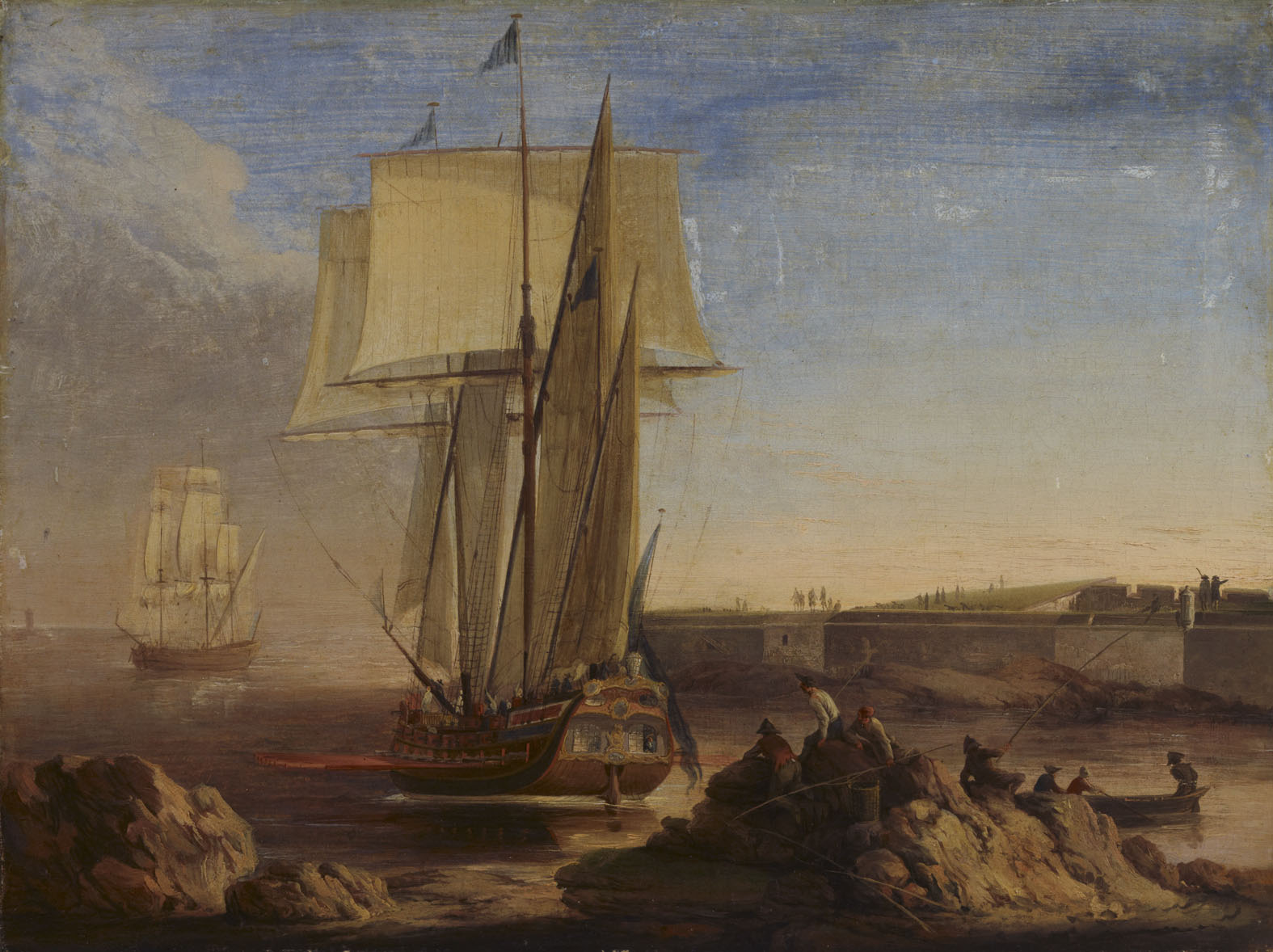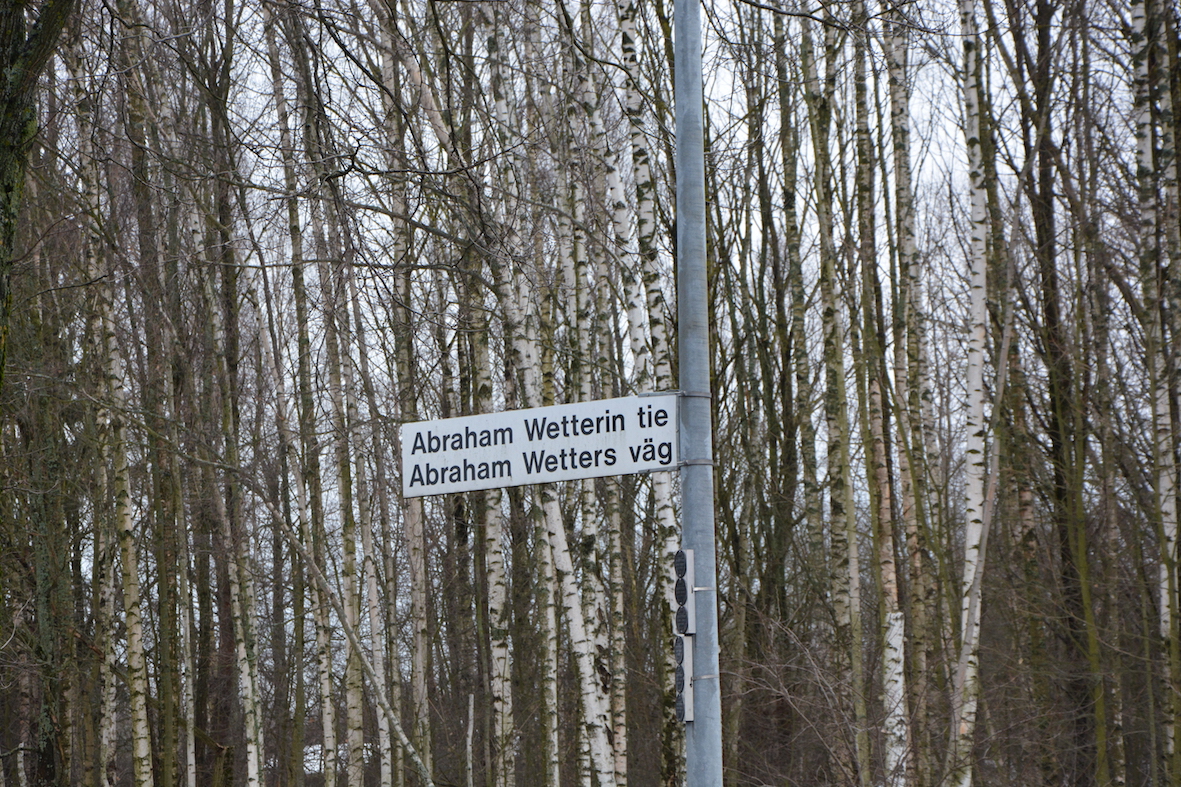Abraham Wetter’s father, Petter Wetter (1659-1741), owned Hertonäs Manor among other ones in the late 17th century. Abraham had moved with his sister and father, who had lost his spouse, to Helsinki as Petter got a new job as customs officer in the city. Abraham and his sister, Brita, probably grew up on the manor their father had bought in the countryside outside Helsinki - nowadays this area is Hertonäs manor. Later on Abraham inherited the manor from his father.
Abraham Wetter joined the army in 1710. As Finland was occupied by the Russian troops during the Great Nordic war (1700-21) the family led by Petter Wetter fled to Stockholm in September 1712. During the voyage a disputed led to Abraham defending himself by shooting a sailor in the foot. The sailor died later and Abraham was accused of his death. Abraham still rreturned to Finland and participated in the war in e.g. the defence of Helsinki. In 1714 he had to go to trial in Stockholm about the incident two years earlier, but he was finally set free.
The street Abraham Wetterin tie is situated north of the present Hertonäs Manor Museum. Photo: EAW 2021.
During his stay in Stockholm he married Brigitta Åhman. In 1722 Arbaham was chosen to be mayor in Helsinki and he got the heavy duty to rebuild the burnt city after the war. Abraham had not been the burghers’ favourite, but he managed to get their trust. Among other things he personally paid for the paintings in the newly built church, Ulrica Eleonora Church (1727). At theis time he inherited Hertonäs Manor from his father and settled there with his family. He probably built the former wooden main building that later was demolished (it probably situated near the present Linnanrakentajantie 16).
Abraham was also active in trade and shipping. His ship, Die stadt Helsingfors, was capable of sailing beyond the Baltic sea and thus gave Helsinki an advantage in importing salt directly from the Atlantic. He also built mills and got a reputation for trying to defend Helsinki's interests against the rich families from Hamina. Abraham also claimed Helsinki should be defended by a big fortress. This became reality later on as the fortress Viapori was started to be built in 1748.

Ships putside Kustaanmiekka (Viapori), painting by Elias Martin (1760-65). Finnish National Gallery.
Abraham Wetter’s memory lives on in Helsinki today in the name of a street in Herttoniemi. The street is situated north of the area that now belongs to the Hertonäs manor museum. This is probably in the vicinity where Abraham once gre up and lived.
Sources:
Aalto, Seppo 2016: Kauppiaita ja laivanvarustajia. Helsinkiläisten elämä Ruotsin aikana 1550-1809. Siltala: Helsinki.
Backman, Sigbritt 2016: Hertonäs gård. Från säterier till museum. SOV: Helsingfors.
Haggrén, Georg 2008: “Wetter, Abraham”, Biografiskt lexikon för Finland 1. SLS & Atlantis: Helsingfors - Stockholm, pp. 723-725.

